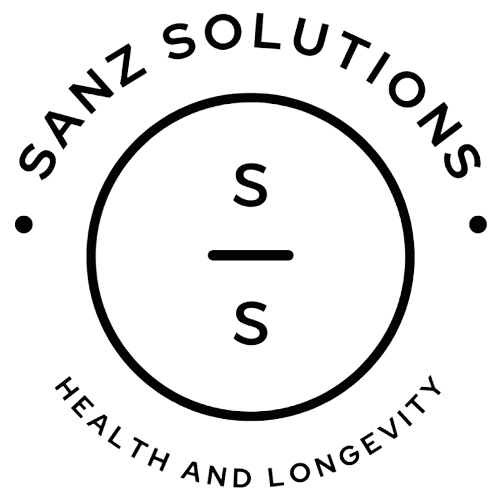Coffee has been shown to have many health and longevity benefits. These include decreasing all-cause mortality, cardiovascular mortality, cardiovascular disease, and a lower risk of several specific cancers and neurological, metabolic, and liver conditions.
Coffee contains several hundred substances. Many have a positive effect on the body. However, a few can cause an increase in LDL and total cholesterol, which can lead to things such as heart disease.
The substances found to be responsible for raising cholesterol are diterpenes found in the coffee oil. The two most common are cafestol, and to a much less effect, kahweol. Cafestol is an agonist of farnesoid X receptors (FXR), responsible for the increase of blood cholesterol levels by inhibiting bile acid synthesis.
One study indicates that consuming 30 milligrams of cafestol daily for four weeks raises cholesterol in the blood by 6 to 8 percent and each 10 mg of cafestol consumed per day elevates cholesterol by 5 mg/dL. Another study showed daily intake of 60 mg of cafestol increased total cholesterol by 30 mg/dL in humans after 28 days.
There is evidence that long-term heavy coffee consumption may adversely affect individuals' cardiovascular disease (CVD) risk. One cup of additional coffee intake was associated with a 2.71 mg/dL, 0.02 g/L, and 3.48 mg/dL increase in plasma concentration of LDL-C, ApoB, and total-C, respectively.
Many of the studies show cholesterol as mmol/L. Multiply this by 38.67 when converting to the more commonly seen mg/dL
What we can do about it…
Cafestol is the most potent cholesterol-elevating compound known in the human diet. Like anything else, it is dose-dependent. and the good news is there are ways to remove it from our coffee.
Remember, cafestol is found in the coffee oil. Coffee oils are higher the longer the grounds have been in contact with water and the less it is filtered. There is more oil present in French pressed coffee, Turkish-style simmered coffee, and Scandinavian-style boiled coffee than in drip machine brewed filtered coffee. Therefore, there is more cafestol present in these coffees.
To decrease the amount of cafestol in the coffee it is best to use an unbleached filter. American coffee machines generally have very little cafestol because the water is not in contact with the grounds for long and then it passes through a paper filter that absorbs the oils.
Cafestol is found more than 10 times higher in unfiltered coffee (0.25–0.3 mg/100 mL in filtered coffee compared to up to 4 mg/100 mL in unfiltered coffee).
To get the benefits without the harms of coffee it is best to keep intake around 3-4 cups per day, brewed by a method that uses an unbleached paper filter. Opt for a filtered coffee over a French pressed or espresso. Preferably with zero added sugar. I generally add stevia extract and cream to a coffee brewed through a Ninja coffee maker or Hario V60 with an unbleached paper filter.







